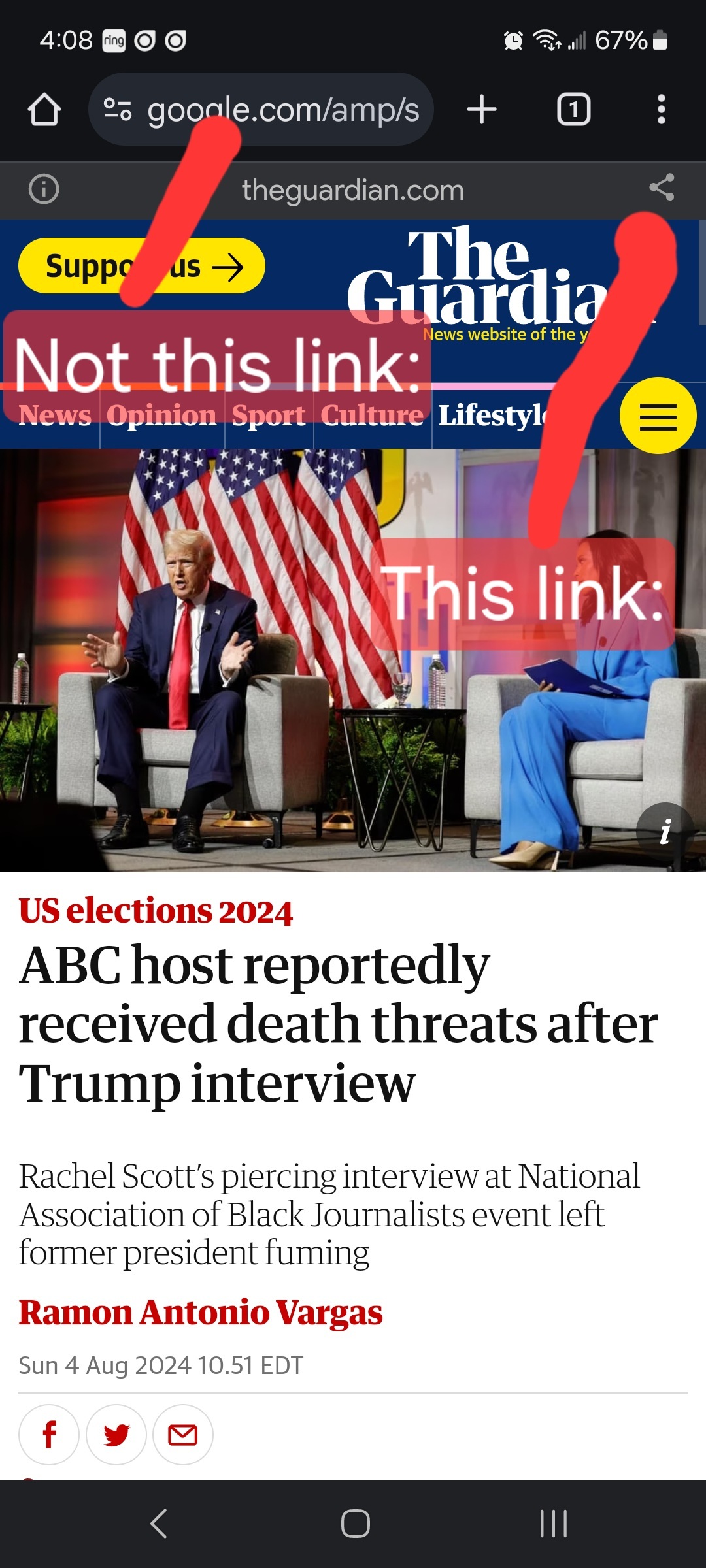Every four years, presidential election maps offer a familiar visual: The sea of Republican red across rural America dotted with blue population centers that overwhelmingly vote for Democrats.
Election maps are notoriously bad at conveying the outcome of an election because of the uneven distribution of people across the land. Even county-level maps mask voting patterns in small-town America.
“When you get out into rural America, it’s actually a lot more heterogeneous than people imagine it to be,” said Jonathan Rodden, political scientist and author of the book “Why Cities Lose: The Deep Roots of the Urban-Rural Political Divide.”
A Washington Post analysis of detailed election results shows that more complicated reality. Yes, voters in America’s small towns favored President Donald Trump in 2020, but they gave Trump roughly 61 percent of their votes, compared with voters in the most rural areas who backed him with 73 percent.
Common depictions, such as those in country music, tie small towns to stances often associated with the Republican Party.
But those generalizations can gloss over the wide variety of small towns in America.
Let’s take Georgia, for example. Trump’s median vote share in the state’s small towns — roughly defined here as towns with no more than 50,000 people — was about 7 percentage points lower than in its most rural areas.
The most rural areas delivered Trump a whopping 78 percent of their votes. Small towns in the state also leaned heavily toward the Republican, but slightly less so, delivering 71 percent of their votes. Some small towns backed Biden.
The profile of small towns varies widely across the country, according to Jennifer Mapes, a geography professor and author of the book “The New American Small Town.” College towns, exurbs and other small urban areas all fit the bill.
“It’s really important how dense small towns are, and they actually are really dense places,” Mapes said. Population density and distance from a large city are important for distinguishing a small town from rural surroundings or a suburb, she said. Residents of small towns nationally do tend to be more diverse, younger and are more likely to be college educated than residents of rural places.
The Democratic vote is correlated with density, Ryan Enos, a political scientist who studies voter behavior and political psychology, told The Post. The trend holds true even when controlling for income, race and other demographic characteristics, he said. “If you look within a city, the denser parts of the city tend to be more Democratic.”
Although how small a “small” town should be is up for debate, the U.S. Census Bureau has used 50,000 people as a benchmark measure for large cities, so we used the same number to separate small urban areas from large urban areas.
It’s also important to note that the data set provided by U.S. Census Bureau only includes towns with at least 5,000 people or 2,000 housing units, so the smallest of towns would not make it into our analysis. After compiling a list of small towns that meets these definitions, we identified the precincts that overlapped with the urban areas.
Trump’s performance in small-town precincts and rural precincts varies considerably by state.
Varying demographics, including racial and religious makeup, and variation among rural economies can help explain the differences in the gap between states, according to Zoe Nemerever, a political scientist who studies rural politics.
A history of strong union membership in a small town tends to move voters to support more Democratic candidates, Nemerever said. Similarly, a presence of predominantly Black small towns can help explain why Mississippi and Louisiana — states with a 29- and 23-point gap, respectively — would have a larger gap between Trump’s performance in small towns and rural areas, according to Nemerever.
“Even in rural counties, when you go from the really rural part of the county to the county seat — the town in the middle with a courthouse — there’s a big increase in the Democratic vote share,” said Rodden.

My home town never cracked 50k, it was around 48k at it's highest and is around 40k now. It's larger neighbor up the road (30 minutes) just broke 100k. Neither of these are very large towns, I'll give the 100k a small city, but it's barely that. The two cities an hour away from both of these towns are definitely cities (around 200k population each), because they have the jobs, universities, and culture, that the small town people work at, and the tourist go to visit.
The towns are commuter towns, military housing, and farm land.
It should be up to debate as should all categorical labels, but just because there's a large number of people in an area doesn't mean it's a city, everything is going to be relative to the surrounding population.
My brother moved to a different state, lives in the suburbs of the big city in that state, and was shocked that the second town I referred above had only half the population of his current big city living. His big city has all the aspects of the cities people leave our commuter towns for, despite having a barely larger population.
The two cities an hour away from our home town aren't large cities, they don't make the top 10 cities by population in our state.